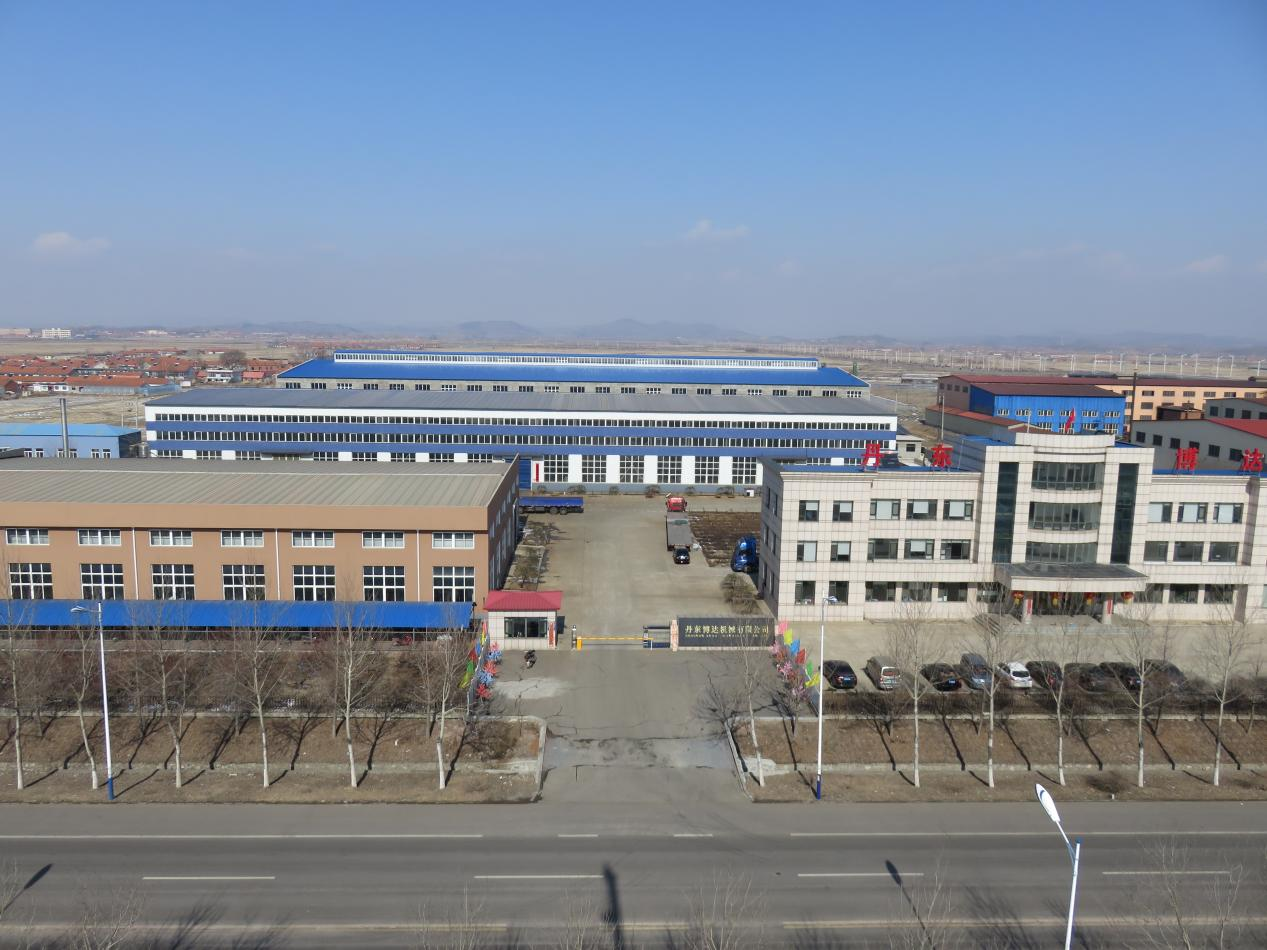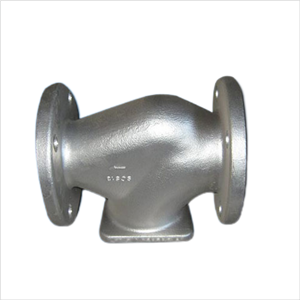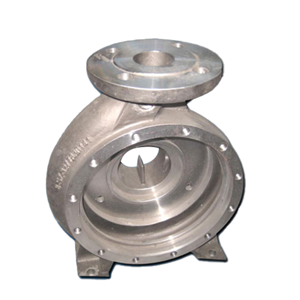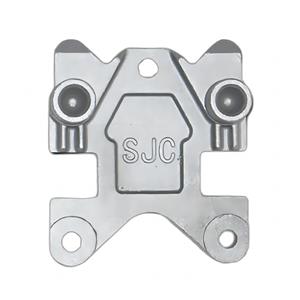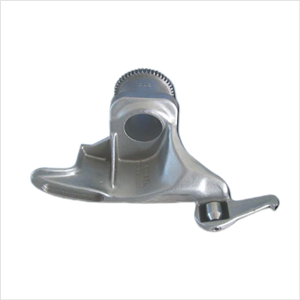Teach You The Difference Between Cast Iron Valve and Cast Steel Valve
Cast Iron Valve and Cast Steel Valve are two common valve materials that differ significantly in many ways. To better understand and differentiate between these two types of valves, this article will provide some helpful guidance.
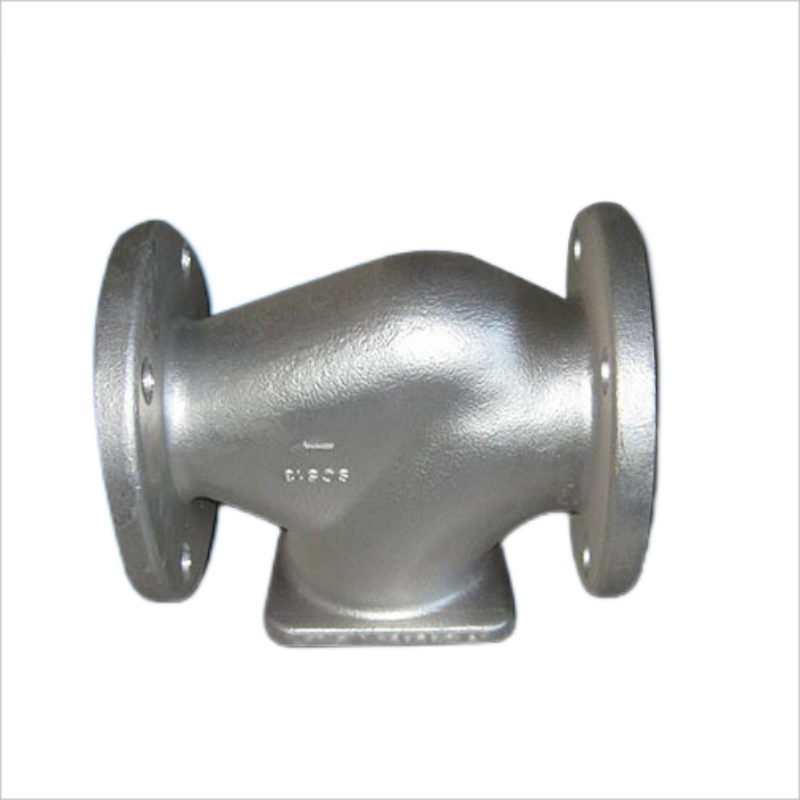
The difference in chemical composition between Cast Iron Valve and cast steel valve
Cast iron is an iron-based alloy with a higher carbon content, often containing elements such as silicon, manganese and phosphorus. In contrast, cast steel valves are made from iron-based alloys with lower carbon content and contain alloying elements such as chromium, nickel, and tungsten to improve their mechanical properties and corrosion resistance.
The difference in physical properties between Cast Iron Valve and cast steel valve
Cast Iron Valve generally has good impact and abrasion resistance, but it has lower tensile strength and yield strength. In contrast, cast steel valves have higher strength and hardness, making them more suitable for use in high pressure and high temperature environments.
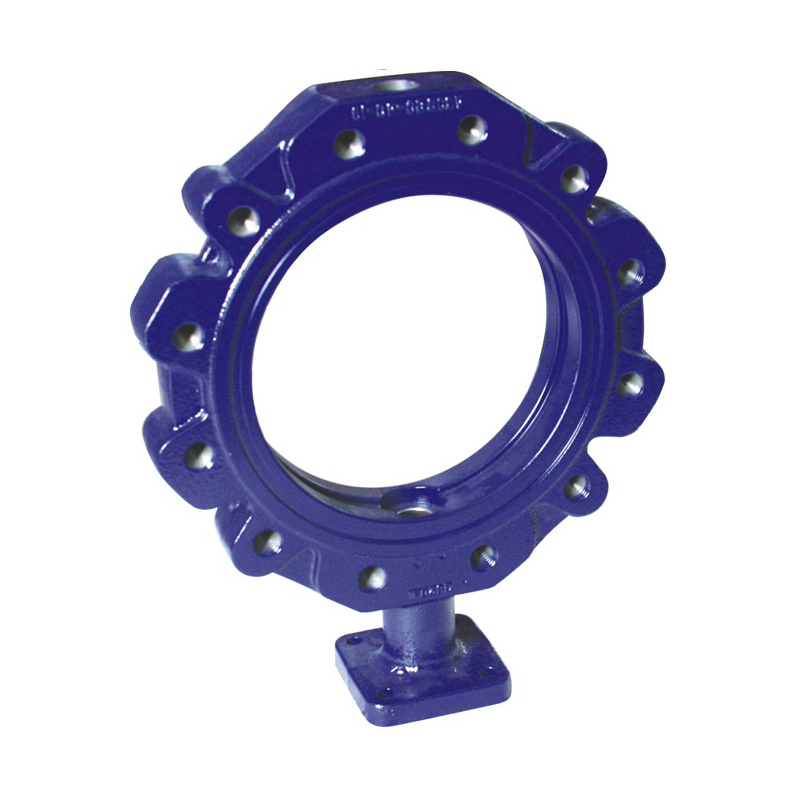
Applicable occasions of Cast Iron Valve and cast steel valves
Because Cast Iron Valve has good impact resistance and wear resistance, it is often used in situations that need to withstand large pressure and temperature changes, such as steam systems and water treatment facilities. Cast steel valves, on the other hand, are suitable for applications where high pressure and temperature are required, such as in the oil and gas industry, due to their high strength and hardness.
Cast Iron Valve and Cast Steel Valve Maintenance and Care Requirements
Because the Cast Iron Valve is fragile, it requires more careful handling and maintenance to avoid damage. Cast steel valves, on the other hand, have strong corrosion resistance and wear resistance, so they require less maintenance during use.
